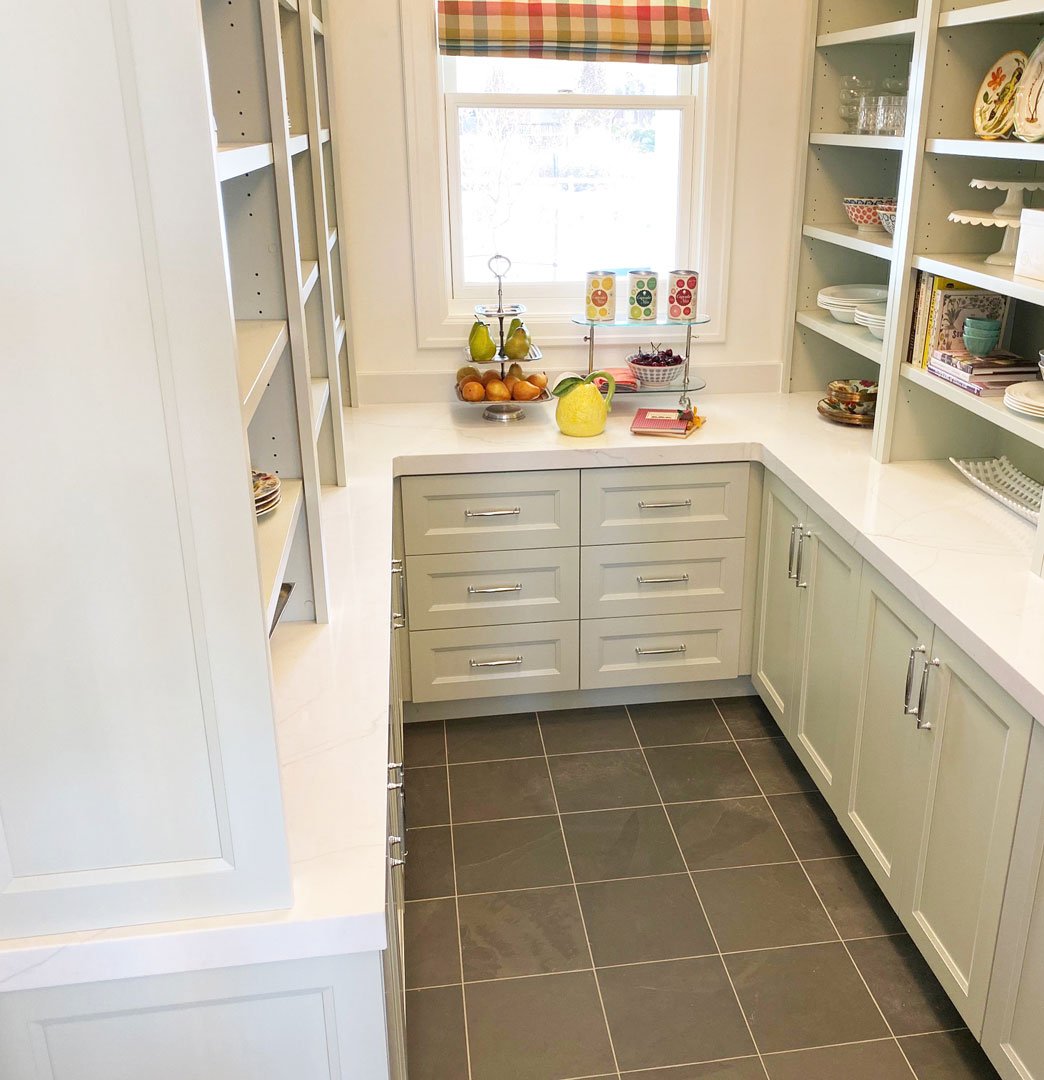Get to Know Your Stone
The first step in proper stone care and maintenance is to understand your stone’s geological classification and composition. this information will help you to identify what cleaning products to use and how best to care for your natural stone.
Natural stone is categorized into three basic geological classifications by their respective formation processes: Sedimentary, Metamorphic and igneous. Additionally, stones in each category can be either Calcareous or Siliceous.
Calcareous stone is composed mainly of calcium carbonate, a chemical compound commonly found in natural stone, shells and pearls. Calcium Carbonate is sensitive to acidic solutions so mild, non-acidic cleaners are recommended.
Siliceous stone, as the term implies, is one composed primarily of silicates, such as quartz, feldspar, mica, etc. as such, a siliceous stone is generally resistant to most acids found in kitchen settings, although acidic cleaners are still not recommended, as these stones may contain trace levels of minerals that are acid sensitive.




